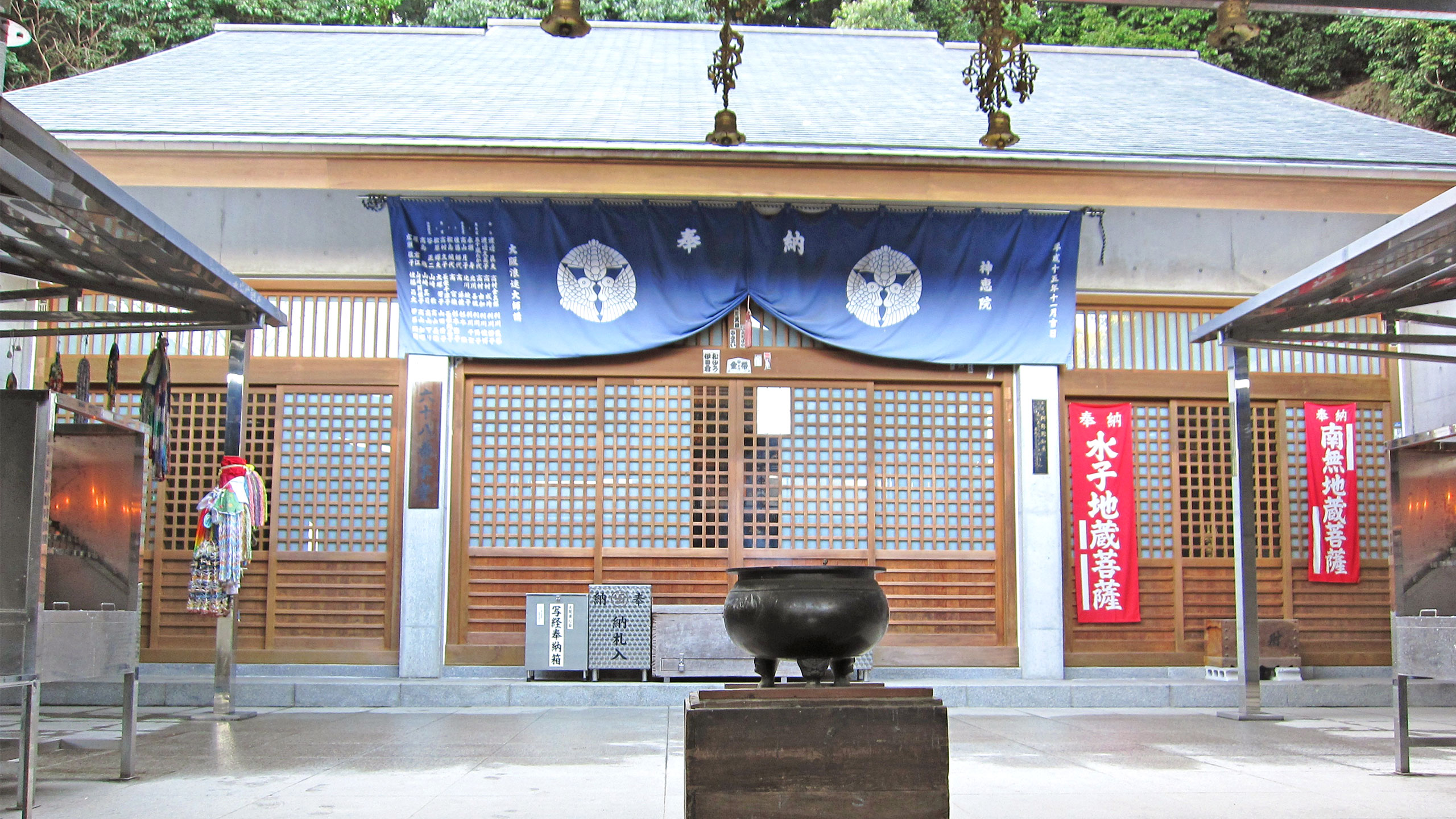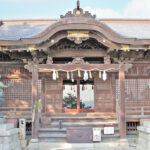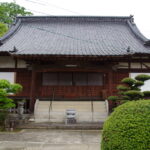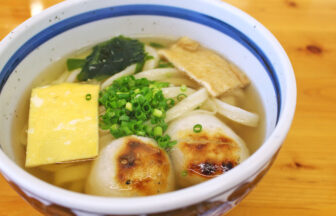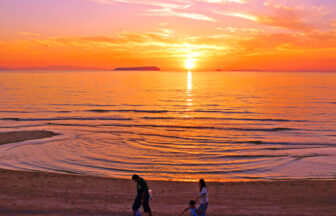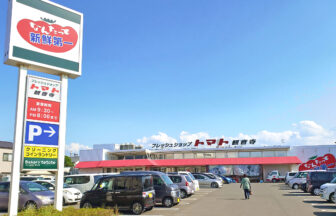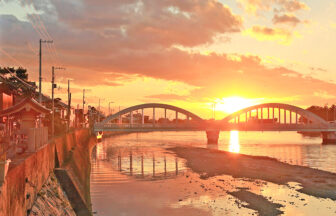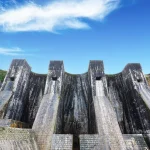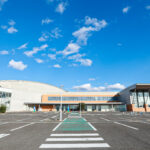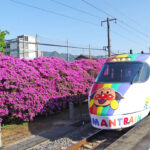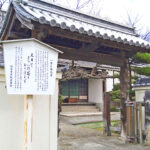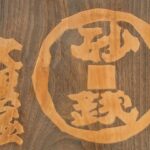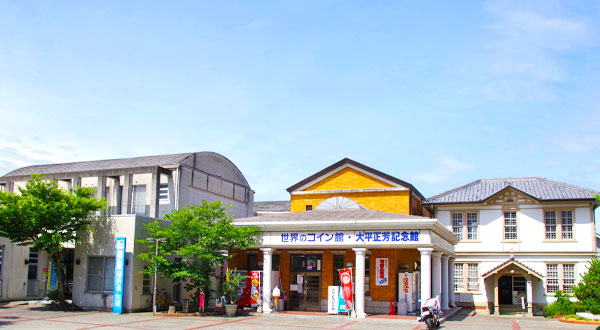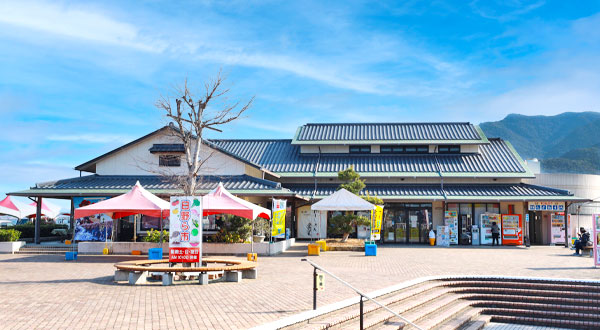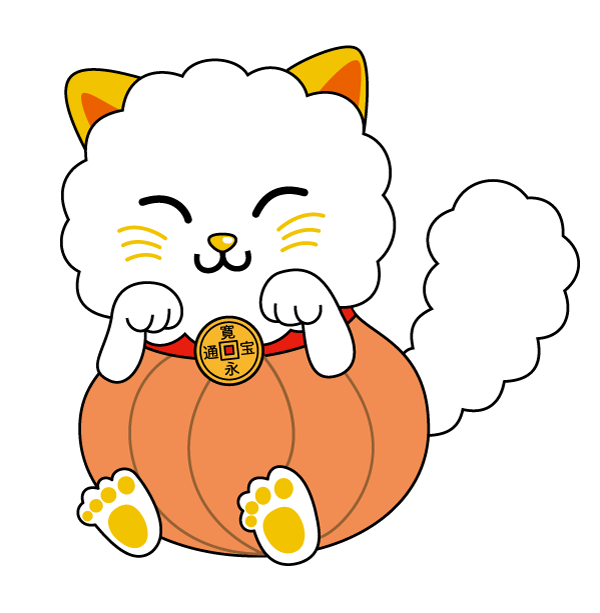Jinne-in Kannon-ji Temple is the only one temple in the Shikoku Sacred Sites with two temples, with Shinkei-in Temple as the 68th temple and Kannon-ji Temple as the 69th temple.
It dates back to about 1,300 years ago when Nissho Shonin, a high priest of the Hoso sect, founded Hokouin Temple (now Kannon Temple) as a shrine temple of the present-day Kotohiki Hachimangu Shrine.
In 807 (Daido 2), Kobo-Daishi, who was inspired by the great blessings of Hachiman Daibosatsu, carved statues of Yakushi Nyorai, the Twelve Divine Generals, Syokanzenon Bosatsu, Shitenno, and other deities, and built a Shichidou garan. The name of the mountain was changed to Shippozan and the name of the temple was changed to Kannon-ji Temple, and Jinne-in Temple was designated as the seat of Hachimangu Shrine, and a depiction of Amida Nyorai, the local Buddha, was dedicated to the temple.
Originally, Kotohiki Hachimangu Shrine was the 68th of 88 Shikoku Sacred Sites, and Kannon-ji Temple was the 69th, but with the separation of Shinto and Buddhism in the early Meiji era, the statue of Amida Nyorai from Kotodama Hachimangu Shrine was moved to the west main hall of Kannon-ji Temple and became the 68th temple, Jinne-in. The temple became the only temple in Shikoku Sacred Sites with two temples and two sacred sites on the same grounds.
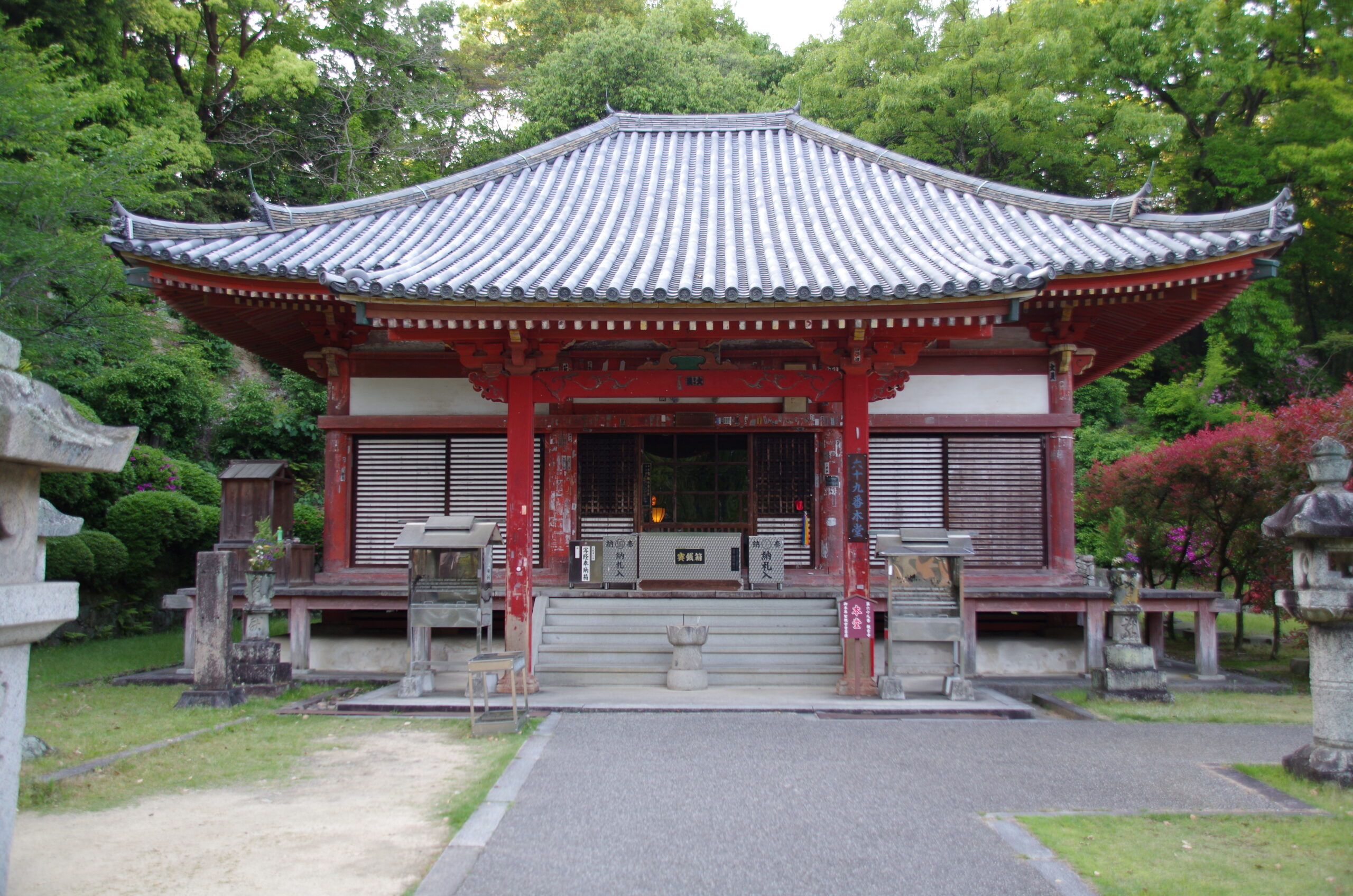
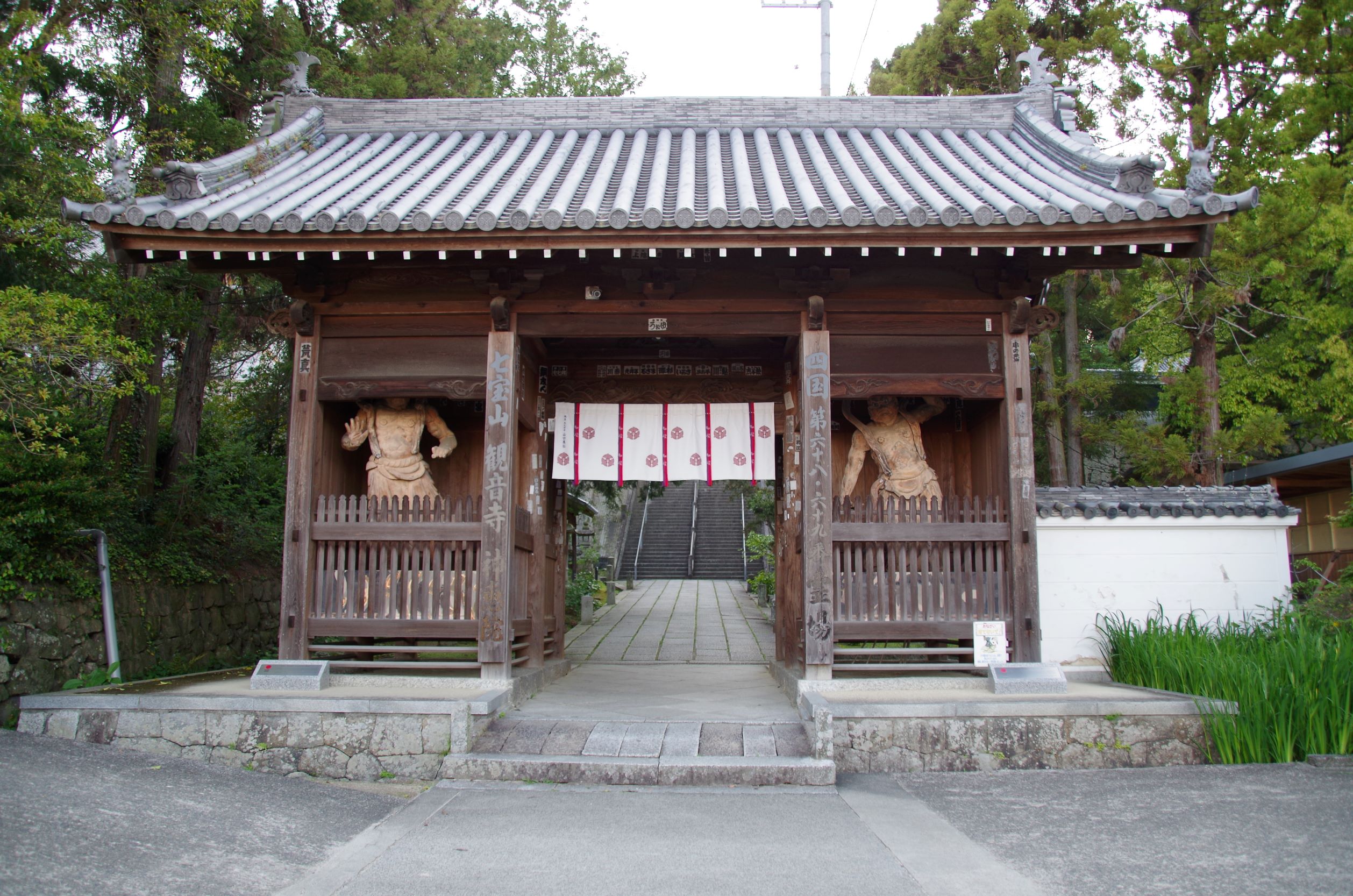
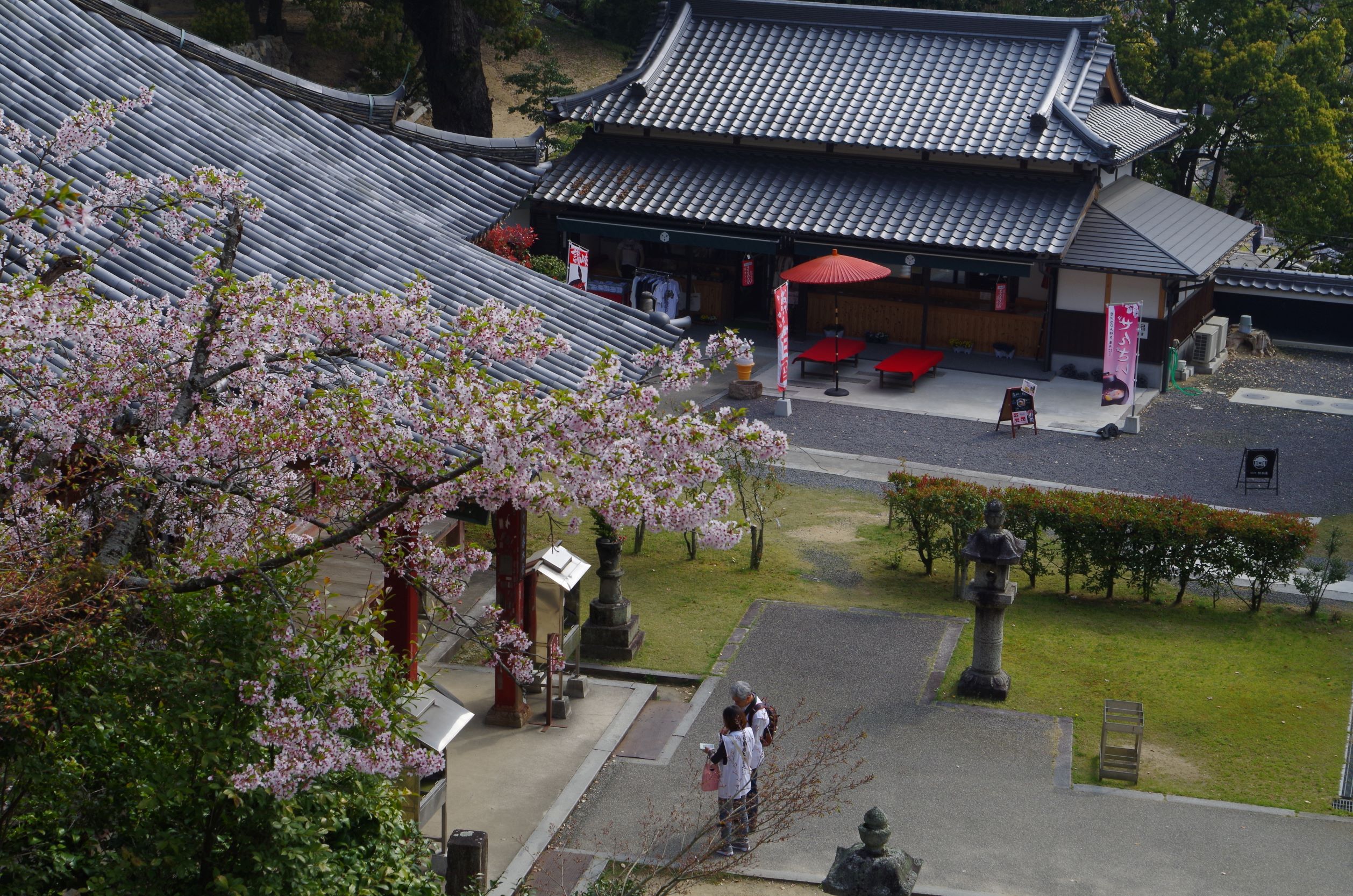
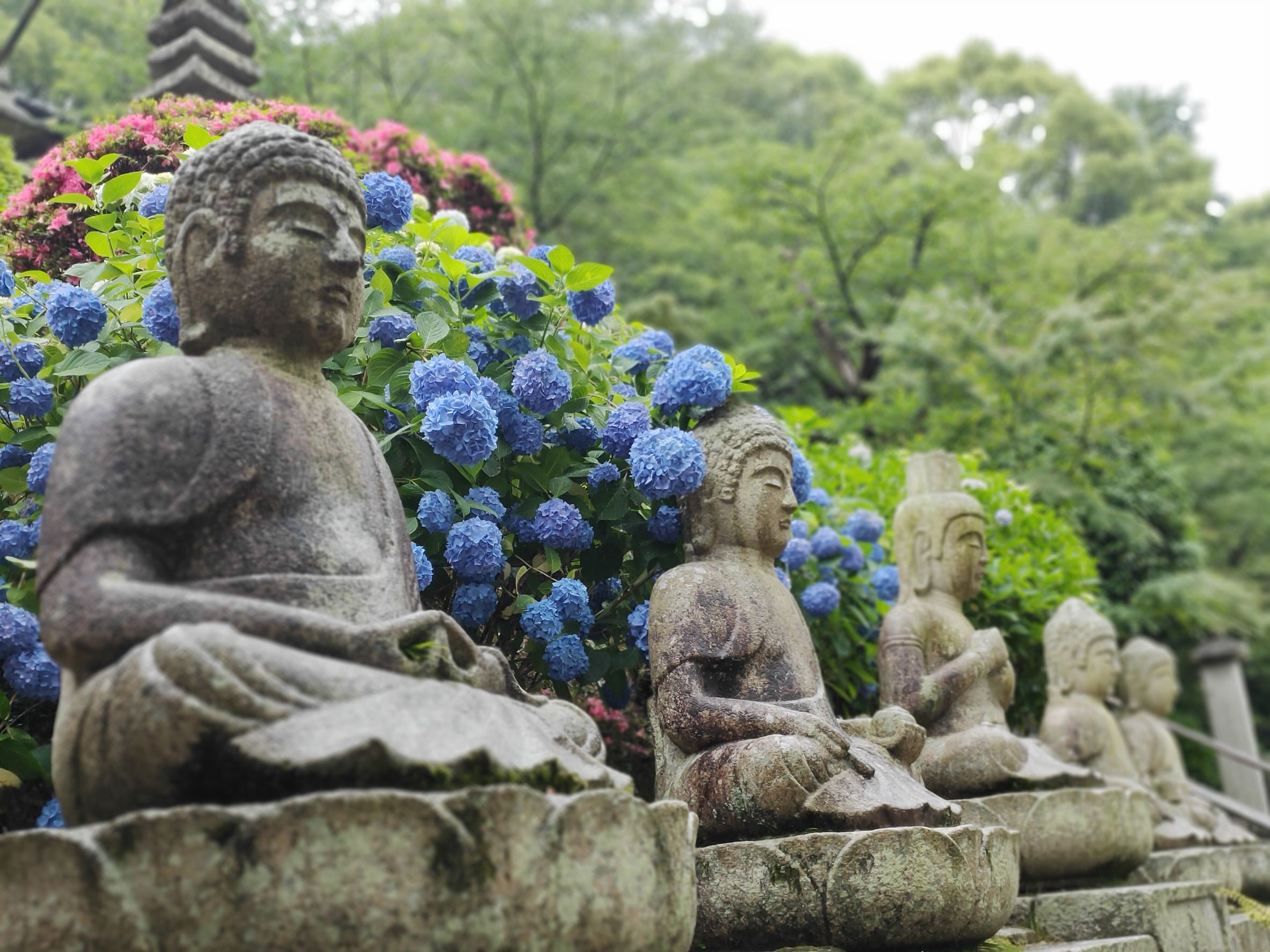



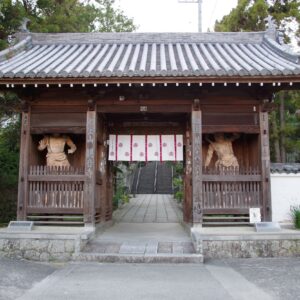
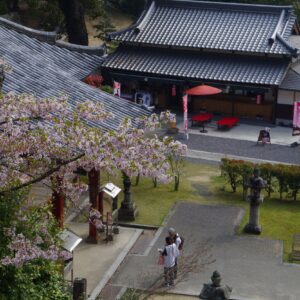
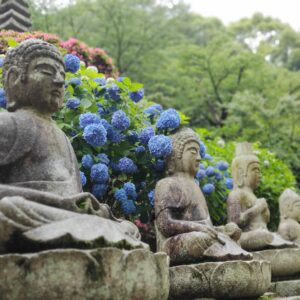
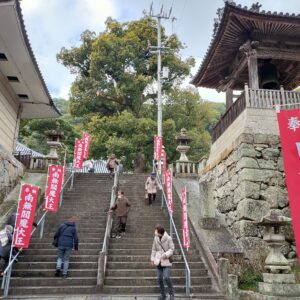
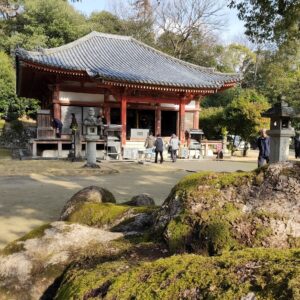
| address | 1-2-7 Hachiman-cho, Kanonji City, Kagawa Prefecture, 768-0061 Japan |
|---|---|
| map | |
| car | ・Approximately 15 minutes (6.5 km) by car from the Onohara IC of the Takamatsu Expressway |
| train | Approximately 8 minutes by cab from JR Kannonji Station (2.5 km) |
| pubric bus | There are four buses a day; take the Pubric Bus Gogo Takamuro Line from JR Kanonji Station and tell the driver to go to “Kanonji/Jinkeiin”. There are no bus stops on the Pubric Bus, and you can get on and off anywhere on the route. (However, you are not allowed to get on and off the bus on Route 11 except at designated spots.) |
| parking lot | 20 parking spaces |
| website | |
| SNS | |
| contact us | TEL:0875-25-3871 |

